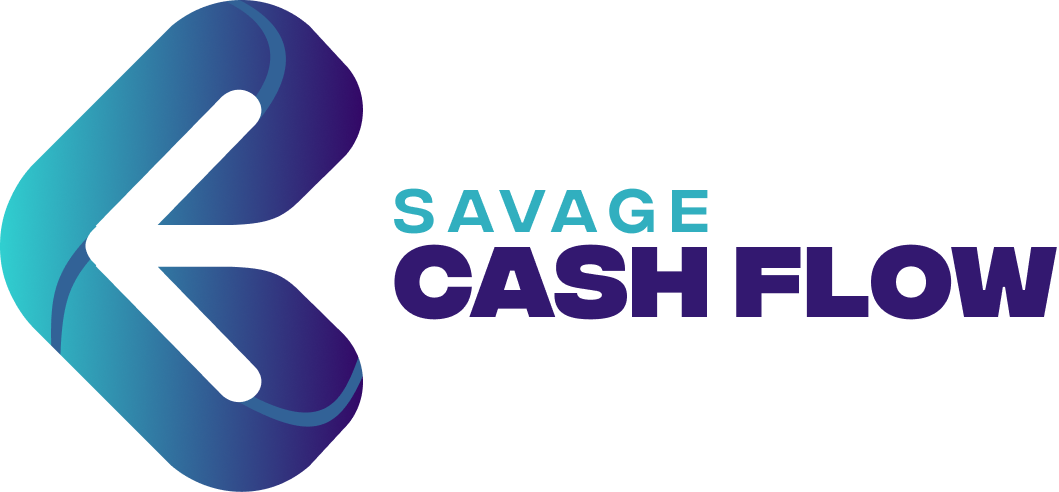
KORE’s perspective on the evolving IoT landscape: a conversation with CEO Ronald Totton


In this exclusive interview, Ronald Totton, CEO of KORE, shares his insights into the rapidly evolving Internet of Things (IoT) market and KORE’s strategic vision for shaping its future.
From the rise of edge computing and AI to overcoming connectivity and security challenges, Ronald Totton outlines the key trends and innovations driving IoT’s next wave of growth.
IoT Business News: What is the status of the IoT industry?
Ronald Totton: The IoT industry is at an exciting inflection point. What began as a focus on connecting individual devices has evolved into creating vast, intelligent ecosystems that touch every industry—from smart cities and healthcare to manufacturing and logistics. While the potential is enormous, one of the biggest challenges is fragmentation within the ecosystem. Multiple platforms, networks, and standards are making it more complex for businesses to deploy and scale their IoT solutions. Companies are realizing that navigating this complexity requires a strong partner—particularly systems integrators—to ensure interoperability, scalability, and, most importantly, security. As we move forward, the focus will increasingly be on simplifying these ecosystems to unlock IoT’s full potential.
What are recent innovations making the biggest impact on the IoT industry?
Edge computing and AI are driving major changes in IoT. Edge computing allows data to be processed closer to the assets, enabling faster responses—ideal for applications like autonomous vehicles and smart factories. AI, on the other hand, enhances IoT efficiency by analyzing data in real-time and predicting issues before they occur. Together, these innovations simplify IoT adoption and unlock new possibilities for automation and optimization.
How have and will companies overcome security challenges involved in IoT?
Security is always a top concern with IoT, and it’s not surprising when you think about the vast number of connected devices and networks. Companies are tackling this by embedding encryption into every layer of the system, adopting secure hardware, and implementing zero-trust models. Regular updates ensure devices are protected against new threats. As IoT ecosystems grow more complex, working with a systems integrator that prioritizes security is becoming increasingly critical.
How will the new eSIM standard impact the industry?
The new SGP.32 standard is a game-changer for IoT as a whole. It improves how eSIMs (embedded SIMs) work by making it easier for devices to switch between mobile networks without swapping physical SIM cards. This is a huge win for industries like smart cars and logistics, where reliable connectivity is key. For example, connected cars can seamlessly roam across different countries without losing connection, and logistics companies can track packages more accurately worldwide. Overall, SGP.32 boosts flexibility, reduces costs, and enhances connectivity, paving the way for smoother global IoT deployments.
What are companies not understanding about connectivity?
Companies still think of connectivity as something as simple as just flipping a switch to get a device online. However, under the surface it’s much more complex than that. It’s not only about getting a device online, but also about making sure that data is properly captured and can move securely across multiple networks. As this data travels, many underestimate the difficulties of ensuring a smooth transition often spanning different technologies, regions, regulatory requirements, data translation and delivery – to properly manage this requires deep expertise.
What’s impacting adoption and/or advancing IoT?
Several factors are influencing the adoption and advancement of IoT. On the positive side, technological innovations like 5G, AI, and edge computing are making IoT more appealing by providing the speed, intelligence, and processing power necessary for real-time data analysis. These advancements are allowing businesses to harness the full potential of IoT in ways that were not possible just a few years ago.
However, there are still hurdles. The complexity of integrating various sensors, networks, and platforms remains a challenge, especially for businesses without deep technical expertise. Additionally, security concerns remain a significant barrier, as each connected device represents a potential entry point for cyber threats. To overcome these challenges, companies need clear strategies, strong partnerships, and scalable solutions that prioritize security from day one.
What vertical markets are growing the fastest and the slowest?
Healthcare and industrial IoT (IIoT) are currently among the fastest-growing verticals in the IoT space. In healthcare, the demand for telemedicine, remote patient monitoring, and connected medical devices has surged, particularly in the wake of the global pandemic. IoT is transforming how healthcare is delivered, enabling real-time data monitoring and improved patient outcomes. Similarly, IIoT is driving significant changes in manufacturing, where automation, predictive maintenance, and smart factories are enhancing efficiency, reducing downtime, and lowering costs.
On the slower end, industries like agriculture and retail are adopting IoT at a more gradual pace. In agriculture, legacy infrastructure and the challenge of justifying upfront costs for IoT solutions have slowed adoption, although precision farming and connected equipment are showing promise. Retail is also lagging slightly due to the difficulty in justifying large-scale IoT investments, especially when compared to other verticals. However, as the benefits of IoT in areas like supply chain management and customer experience become clearer, these sectors are likely to see more significant growth in the coming years.
What is your forecast for the industry in 2025?
By 2025, IoT will have firmly established itself as a critical technology across industries, with billions of devices in operation. We’ll see significant growth in sectors like healthcare, manufacturing, and transportation, where IoT will revolutionize everything from patient monitoring and predictive maintenance to supply chain optimization. Technologies like AI and edge computing will become deeply embedded within IoT ecosystems, enhancing real-time decision-making and automation.
However, with this growth comes complexity. The sheer number of devices, platforms, and connectivity standards will expand, so businesses must focus on flexibility and scalability from the outset. Systems integrators will play a vital role in managing these complex ecosystems, ensuring seamless integration and secure operations. Overall, IoT will not only drive operational efficiencies but also create entirely new business models and revenue streams, transforming how industries operate and interact with the world.
The post KORE’s perspective on the evolving IoT landscape: a conversation with CEO Ronald Totton appeared first on IoT Business News.
